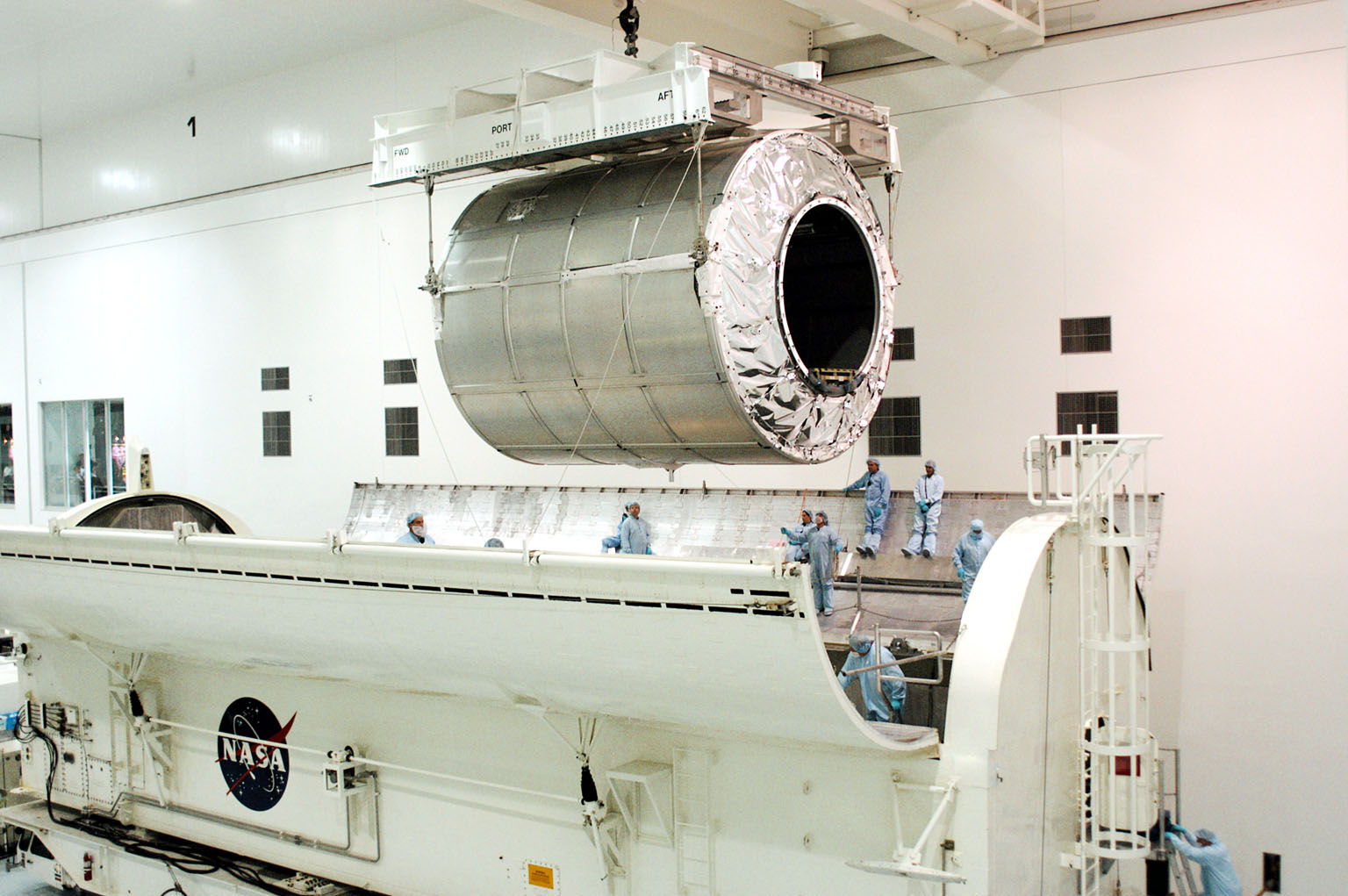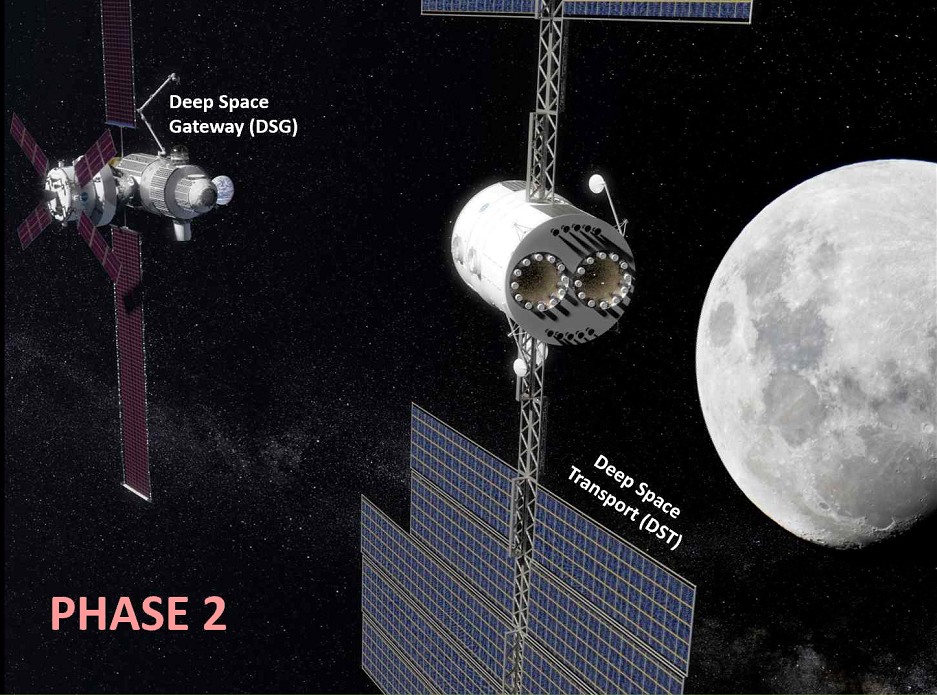 Donatello Multi-Purpose Logistics Module Multipurpose Module at Kennedy Space Center
Donatello Multi-Purpose Logistics Module Multipurpose Module at Kennedy Space CenterDespite the fact that NASA has a number of
financial problems , and a man’s visit to Mars in a previously set time is a big question, the development of the space program continues. Not only NASA works, but also private companies, like Lockheed Martin, Boeing, SpaceX. Lockheed Martin recently
announced plans to build a full-sized prototype of an inhabited module for deep space. To do this, a cargo container will be used, which in the era of the Shuttles was used to deliver cargo to the ISS.
Build habitable module will be at the
Kennedy Space Center . The prototype will not be just a mockup. Creating it, scientists are going to use the latest developments of the aerospace industry. Special attention will be paid to life support systems - after all, in deep space, the safety of the team is at the forefront.
The project will be
implemented at the expense of NASA (yes, the agency has financial problems, but they relate mainly to Mars mission plans). NASA has already entered into an agreement with Lockheed Martin on the construction of the module, referred to above. The project is divided into several stages, where each successive phase begins after the completion of the previous one. For example, during the first stage, scientists and engineers will develop a preliminary capsule design and consider what systems are needed there in the first place.
During the second stage, the project will again analyze and, possibly, change something in the design. In addition, scientists are going to make a list of key requirements for the
Deep Space Gateway . In order to test the viability of their ideas, scientists will test the assembled capsule, first at the Kennedy Space Center and then at the
Johnson Space Center .
“It’s quite simple to be confident in your affairs if you live on Earth. But the newly recruited team of astronauts at the station will face unique challenges, ”says Bill Pratt, a project representative for Lockheed Martin. “Something as simple as a call home can become unattainable when you are outside the low orbit of the Earth. Creating this module, we will use different ideas, remembering about the road to Mars. ”
 Orion spacecraft. Render: NASA
Orion spacecraft. Render: NASAAs mentioned above, the new module will be built on the basis of the already tested Donatello Multi-Purpose Logistics Module (MPLM). This module is one of the three that were used to deliver cargo to the ISS. It is worth noting that testers are going to work not only in the conditions of ordinary reality, depending on which systems show themselves. The virtual environment, including VR and augmented reality, will also be actively exploited. So far, experts have only a number of thoughts on how this can be used, but after a while the ideas will be framed in a clear plan.
"We are pleased to work with NASA, using one of the elements of the history of space, which was originally prepared to work in the low Earth orbit, and now will play an important role in the exploration of deep space by man," said one of the project participants. According to representatives of Lockheed Martin, they plan to make the most of the existing capabilities of the module, in order to reduce the time of the project.
NASA hopes that all the work will take a little over a year - we mean the stage that follows the first phase. In the second, scientists and engineers will actively use both virtual and augmented reality.
In many ways, the success of the
Deep Space Gateway space station will depend on the Orion spacecraft, its functions and capabilities. The fact is that the reusable
spacecraft Orion is planned to be operated together with the station. Accordingly, most of the functions of the ship, especially those relating to the life support of the station crew, are planned to be fully utilized. The station team will arrive at Orion, and after serving the allotted time for research, return to Earth.

“Since Deep Space Gateway will be uninhabited for several months a year, the station must be strong, reliable and autonomous when it is needed. Actually, it will be a robotic system that can serve people when they arrive, ”said a spokesman for Lockheed Martin. The station itself will be built in lunar orbit. The station will be used as a gateway for astronauts who travel to the Moon and Mars.
The station will have its own energy source, residential module, docking module, airlock, logistics module. As for the power plant, it will work on electric power in order to keep the lunar station in the required point of space.
Direct work on the creation of the station and launching it into the Moon’s orbit will be possible only after the
SLS launch vehicle is ready. After the station is ready,
NASA will begin building the Deep Space Transport (DST) spacecraft specifically designed for flights in deep space, including Mars.